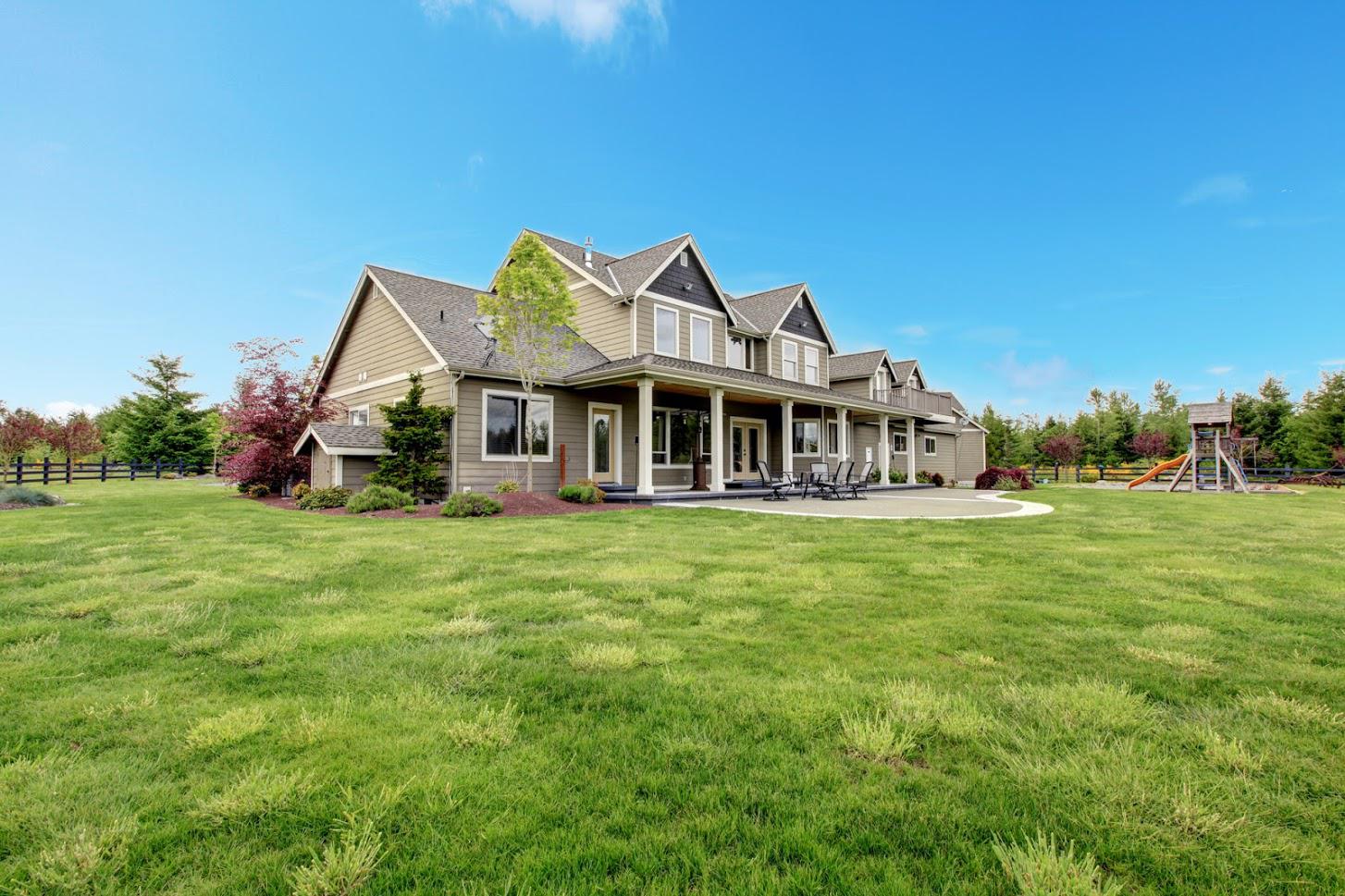Building Your Own Rural Home? Don't Forget These Key Features
Perhaps
you've just bought your plot of land in the country, you've met with
your architect and construction teams, and now you're ready to start
building your dream home away from the big city. Before your rural
home gets assembled, however, make sure you include the following
features in your house or somewhere on your property.
1. Septic System
Because your home will be built in a rural community, your contracting team likely won't be able to install sewer lines and pipes to the city's water and sewage systems. But your house can't serve its purpose if you can't access running water and drains.
Rural homes must dispose of water quickly and responsibly. By having a professional install a septic system before your house is complete, you can ensure your home will use and dispose of water properly.
You'll also need to arrange regular septic pumping services to ensure the system won't slow down or stop working when you need it most.
2. Other Utilities
Your soon-to-be-built home may also not have access to the following city utilities:
- Running Water
- Electricity
- Gas
- Telecommunications (phone and internet)
As you consider what additional features to add to your property, think of what you need to use most to manage your day-to-day tasks. If you can't access these utilities through the city, you'll need to add them elsewhere along your land or within your home.
For example, you need to use electricity daily. If you can't access the city's electrical grid, you can install solar panels on your roof to get power.
3. Storm Shelter
While you never hope to experience a natural disaster, you should still prepare for one. You can build a basement (and even a sub-basement) that will serve as a storm shelter in the case of tornadoes or dangerously high winds.
If you'd prefer to keep your home one level, you can build a storm shelter outside the house. Just keep the shelter close enough to your front or back door so you can easily access it during extreme weather.
4. Cold Storage
Extreme weather may also trap you in your home for a few days or longer, depending on how severe the situation is. A cold storage space in your home (again, a basement or sub-basement are the perfect locations for this room) or somewhere outside but close by, helps you prepare yourself and your family should you become stuck outside of town with no way to buy food and supplies.
When your home is finished, stock the cold storage room with your favorite fruits, vegetables, jams, butters, grains, and canned goods. You can also store other emergency preparedness items like clothing, sleeping bags, and flashlights in this room so everything is in one place when you need to use it.
Even if you don't need these items to get through an emergency, a cold storage room comes in handy. If you make and can your own goods, you can store the excess in this space and dedicate your in-kitchen pantry to foods you use more regularly.
5. Paved or Gravel Driveway
For your safety and to keep your vehicles in optimal condition, pave a concrete driveway or lay down a thick layer of gravel. Either of these driveway types prevents your cars from stirring up too much dirt or mud, and they also prevent your vehicles from getting stuck when moisture saturates the ground.
Including these key elements helps your house be as functional as possible. So while you focus on the smaller details to make this property truly feel like a home, let the professionals worry about the larger details that'll help your home stand for years.





